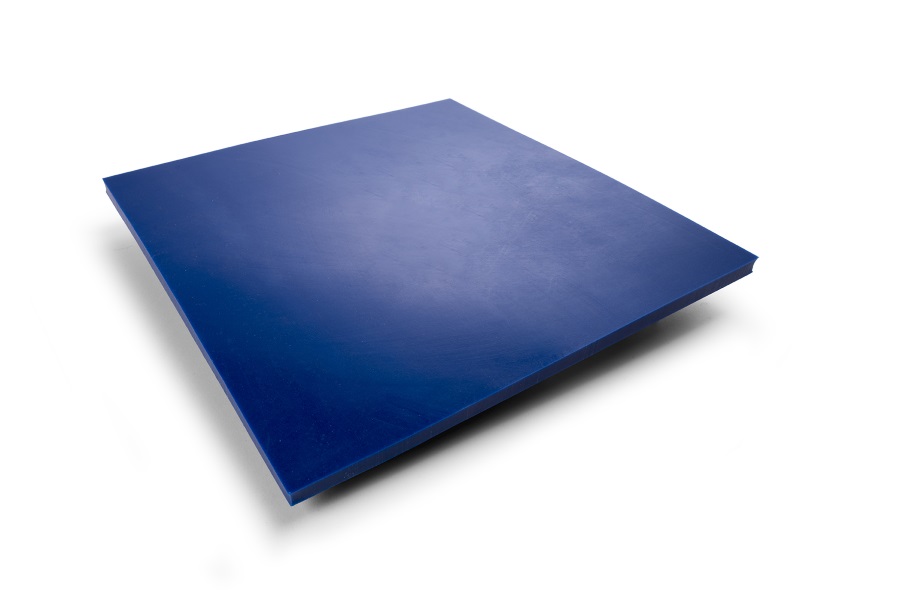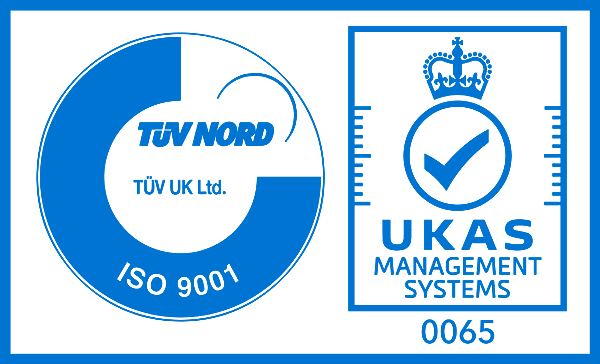Home » Products » Acoustic materials » High frequency anechoic absorbers » Aptflex F28
Aptflex F28
Part of a family of high frequency acoustic absorbers and provides the most cost effective method of absorbing unwanted ultrasonic reflection and acoustic isolation.




